How do you fight back against a plant that can produce 2.7 million seeds? With a very hungry beetle, of course! Find out how galerucella (GAHL-err-u-sella) beetles benefit the St. Croix River and its watershed and how the Conservancy is working to curb populations of invasive purple loosestrife in 2021.
What is purple loosestrife?
Pinkish-purple and very pretty, this semi-aquatic invasive species of plant grows in wet, moist soils. From freeway interchanges and ditches to wetlands, lakeshores, and riverbanks, this plant’s bright blooms can be spotted in late July and early August throughout Minnesota and Wisconsin. This non-native species was originally brought over from Europe as an ornamental plant and is a bee-friendly bloom enjoyed by pollinators.
Why is purple loosestrife bad?
“Because of its capability to spread and drown out our native species,” says Katie Sickmann, Invasive Species Coordinator for the Conservancy. “This is a common theme with invasive species—they negatively affect our native species.” A single adult mature, purple loosestrife plant can produce upwards of 2.7 million seeds.
Purple loosestrife is also difficult to get rid of. “Once a population is established, it’s usually a whole sea of purple. You only have a short window to potentially manage and control it,” notes Katie. To make matters worse, those seeds can be spread by humans, wind, birds, other animals, and equipment.
Where is purple loosestrife located in the St. Croix River watershed?
This plant can be found throughout the watershed, including the St. Croix River, the Apple River, and the Namekagon River.
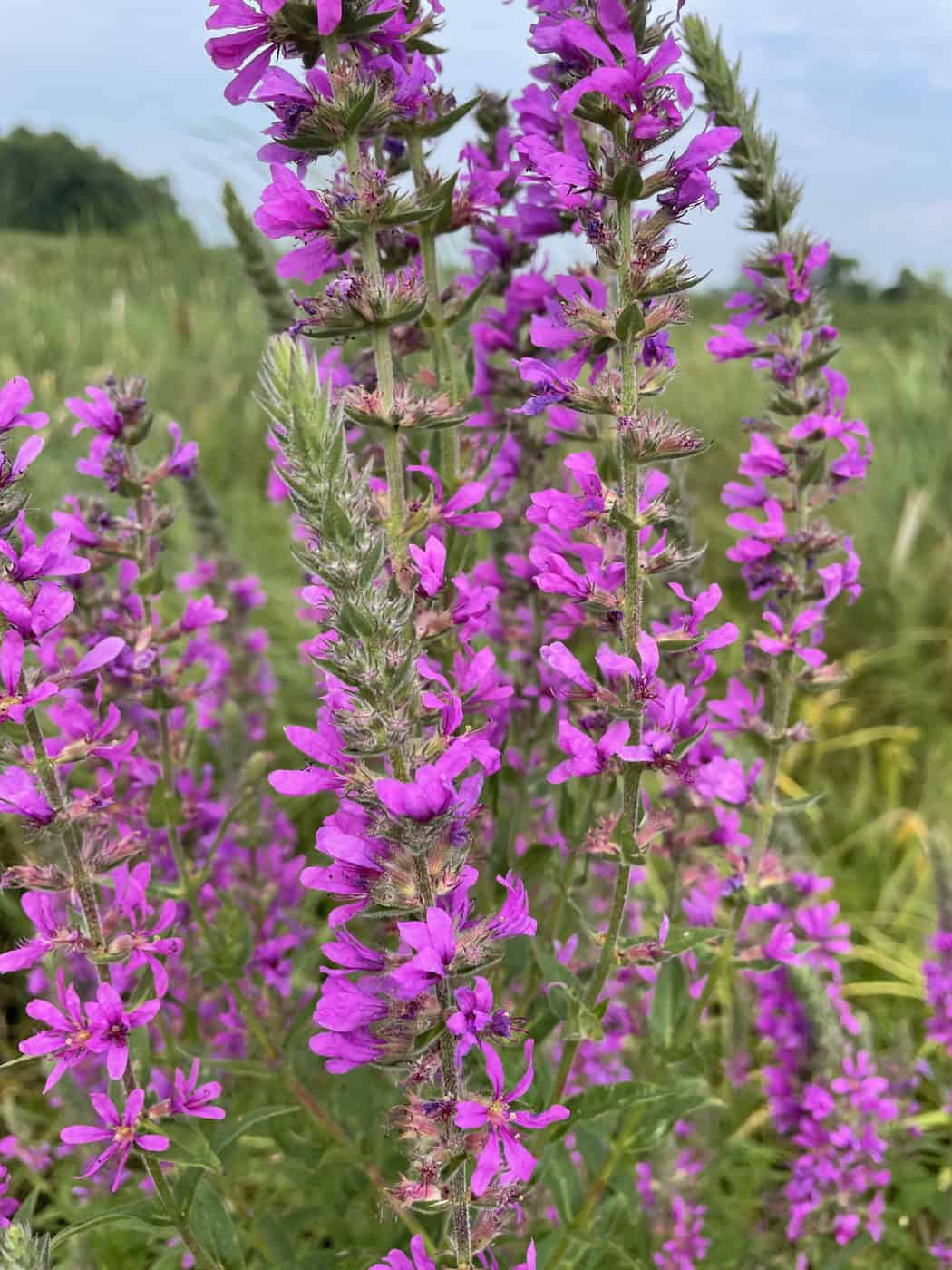
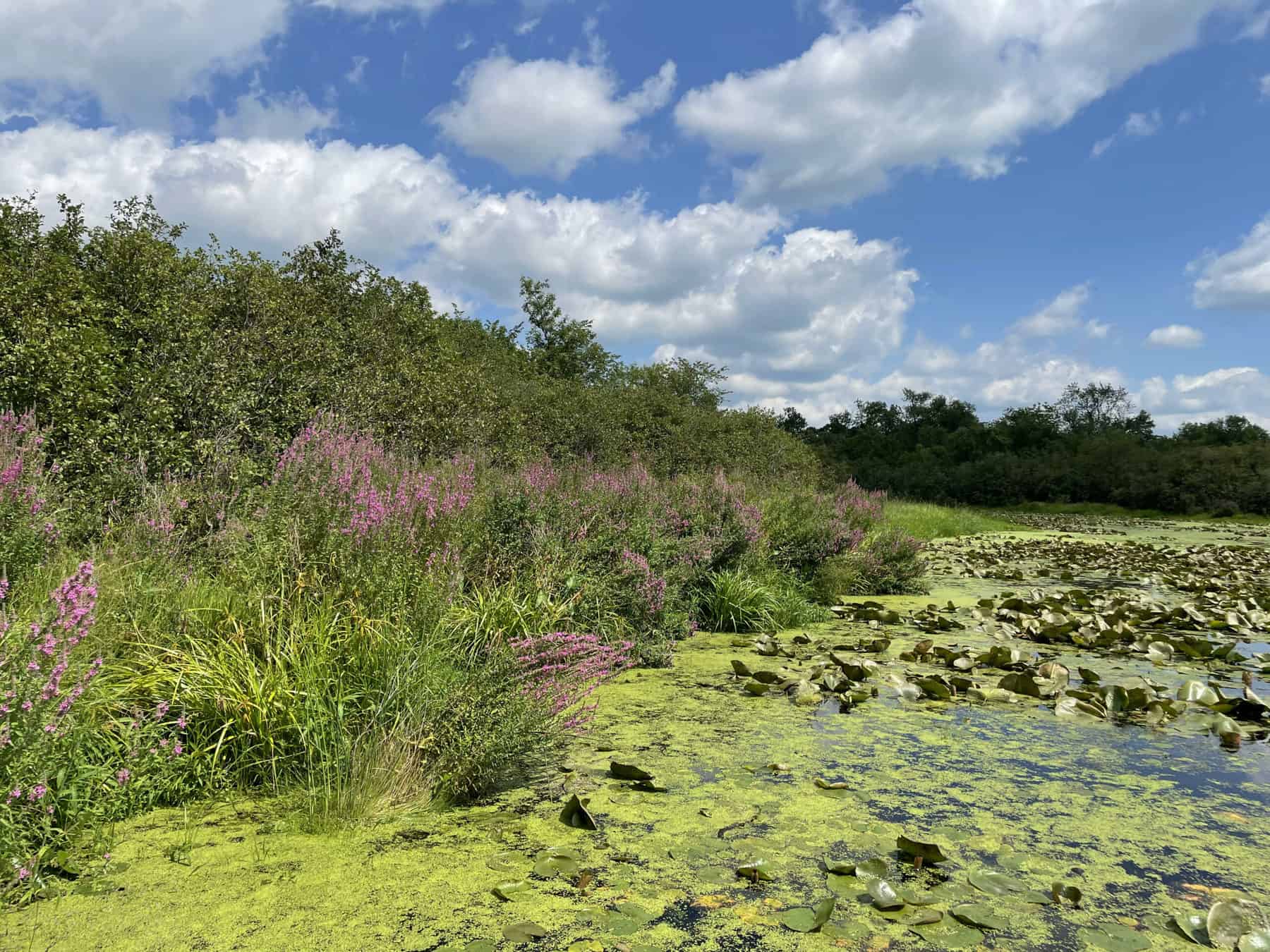
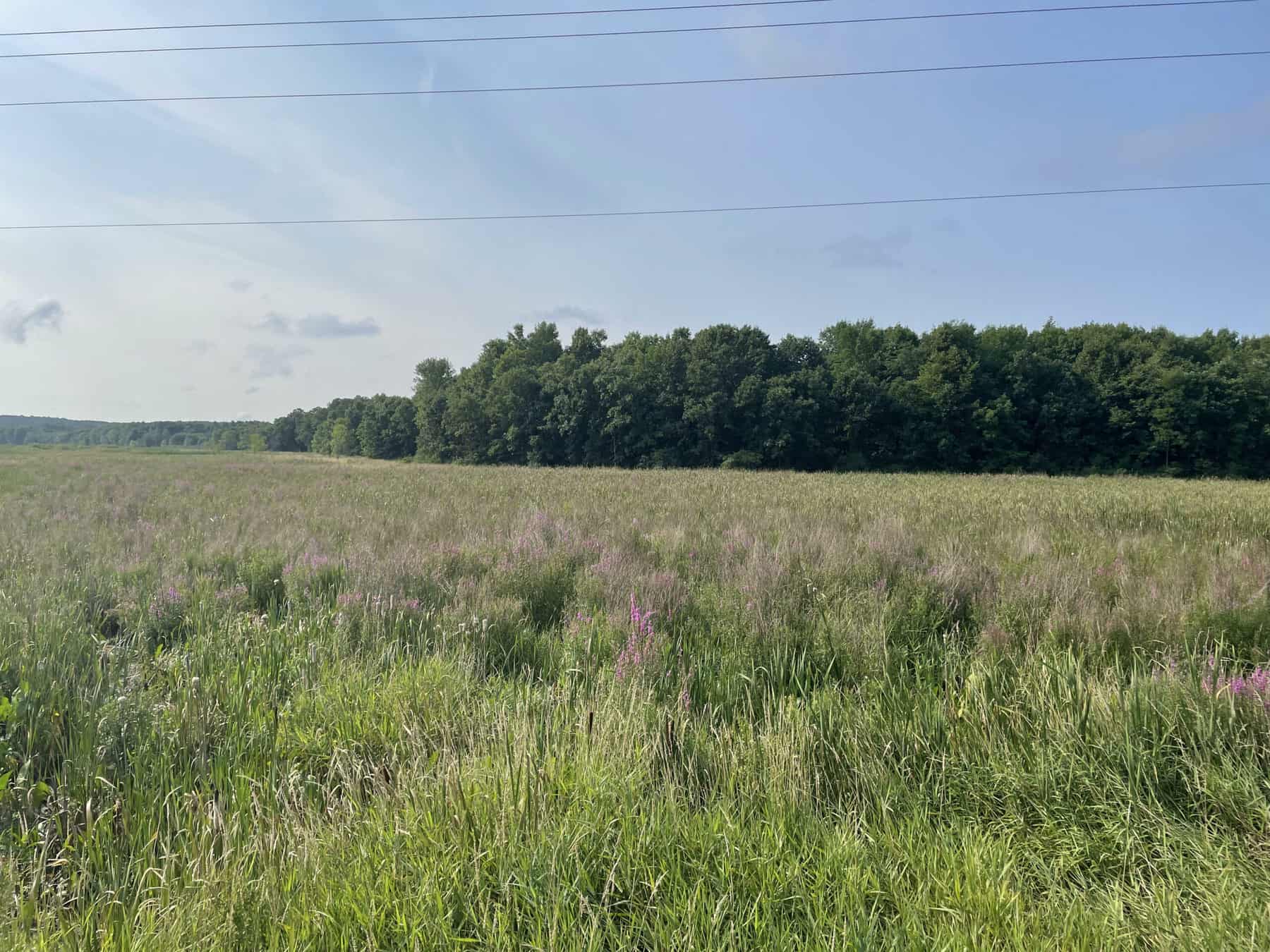
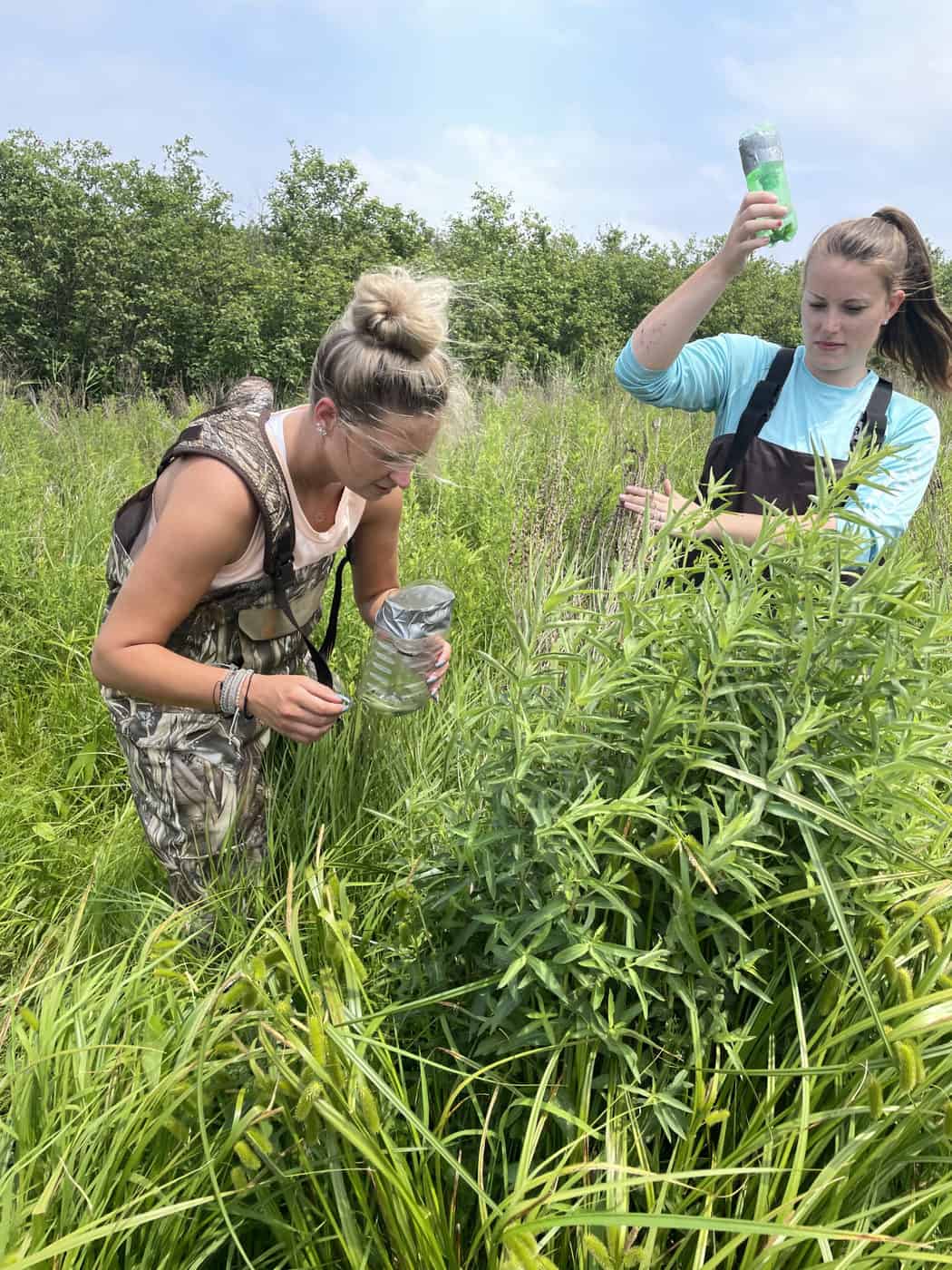
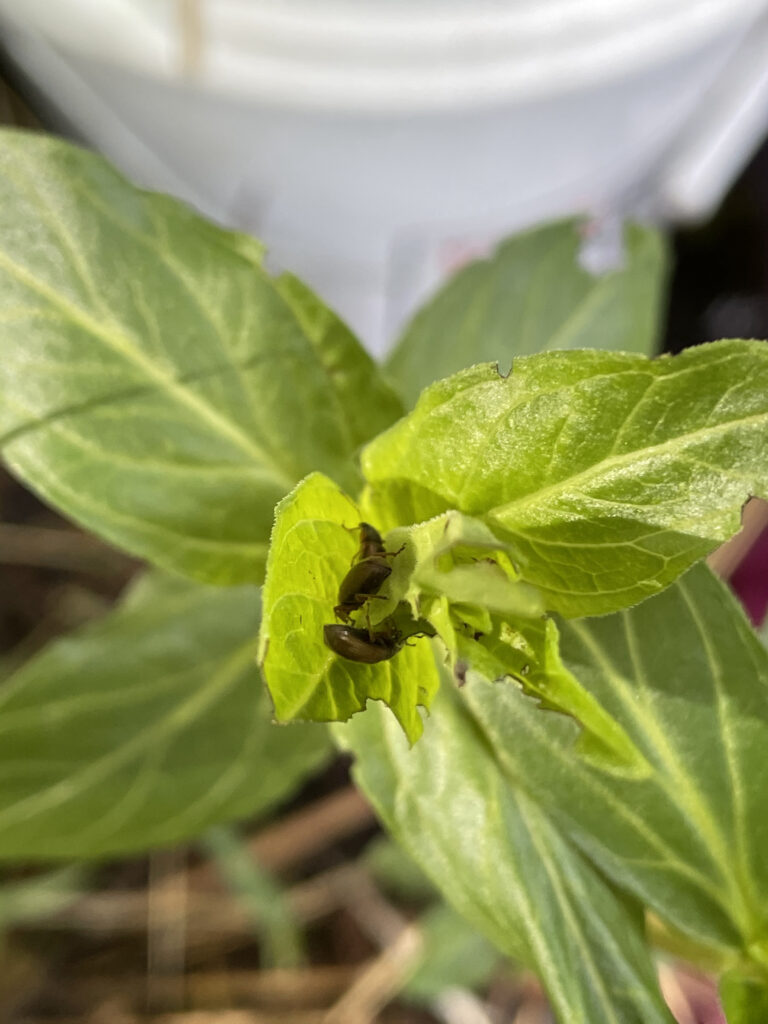
What is the Conservancy doing to stop the spread of purple loosestrife?
The Conservancy has been working in partnership with the Polk County Land and Water Resources Department, the Wisconsin DNR, Burnett County, and the National Park Service to raise galerucella beetles for the first time in 2021!
Galerucella beetles are a biocontrol for purple loosestrife, which means that they are a natural enemy of the plant. There’s been 30+ years of research on this non-native, pinky-nail-sized beetle, which is used widely by state natural resources departments including the Minnesota DNR and Wisconsin DNR. By raising the beetles that eat purple loosestrife, the Conservancy and partners are working to manage invasive purple loosestrife populations in the St. Croix River watershed.
To make a home for the beetles, purple loosestrife root stock was dug up in April by Katie, Jeremiah the Conservancy’s Naturalist, and Colton Sorenson of the Polk County LWRD. Next, they built a frame to support mesh nets over the plants that would keep the beetles from escaping. Once the 12 pots and plants were set up in two kiddie pools, 10 beetles were placed on each plant using an aspirator. “We gathered the beetles in June from known locations of purple loosestrife within Polk County to multiply ahead of their release in early August,” says Katie.
Ten beetles on ten plants can easily turn into 10,000 beetles by August thanks to a quick rate of reproduction.
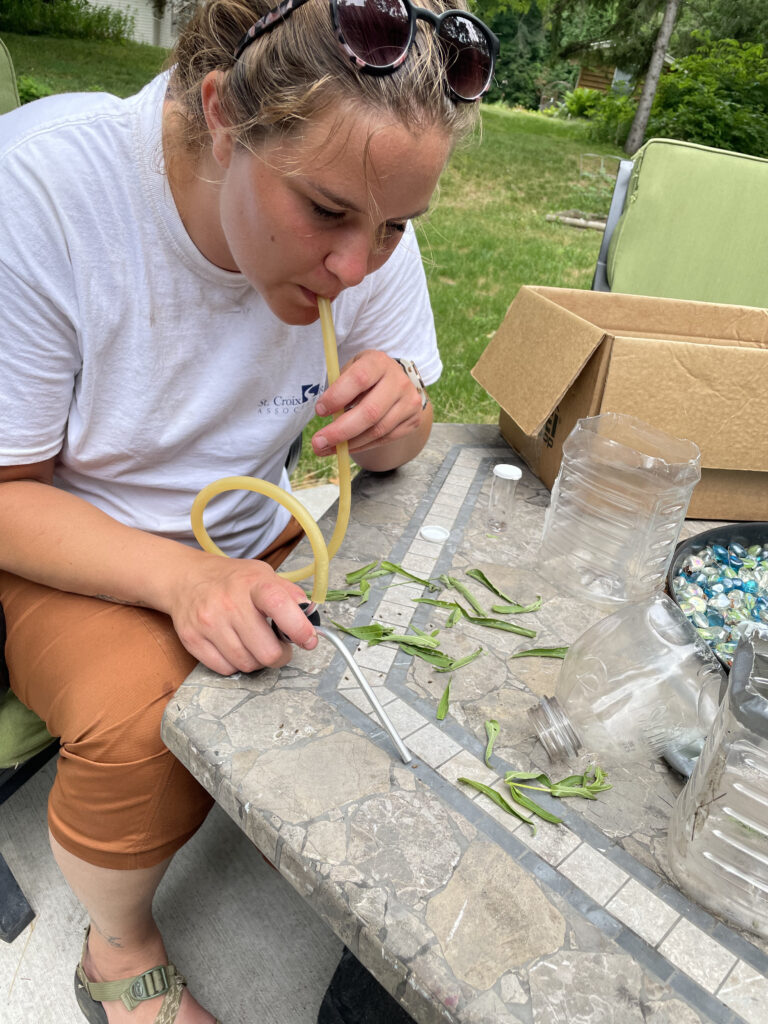
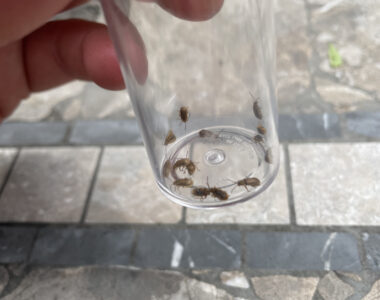
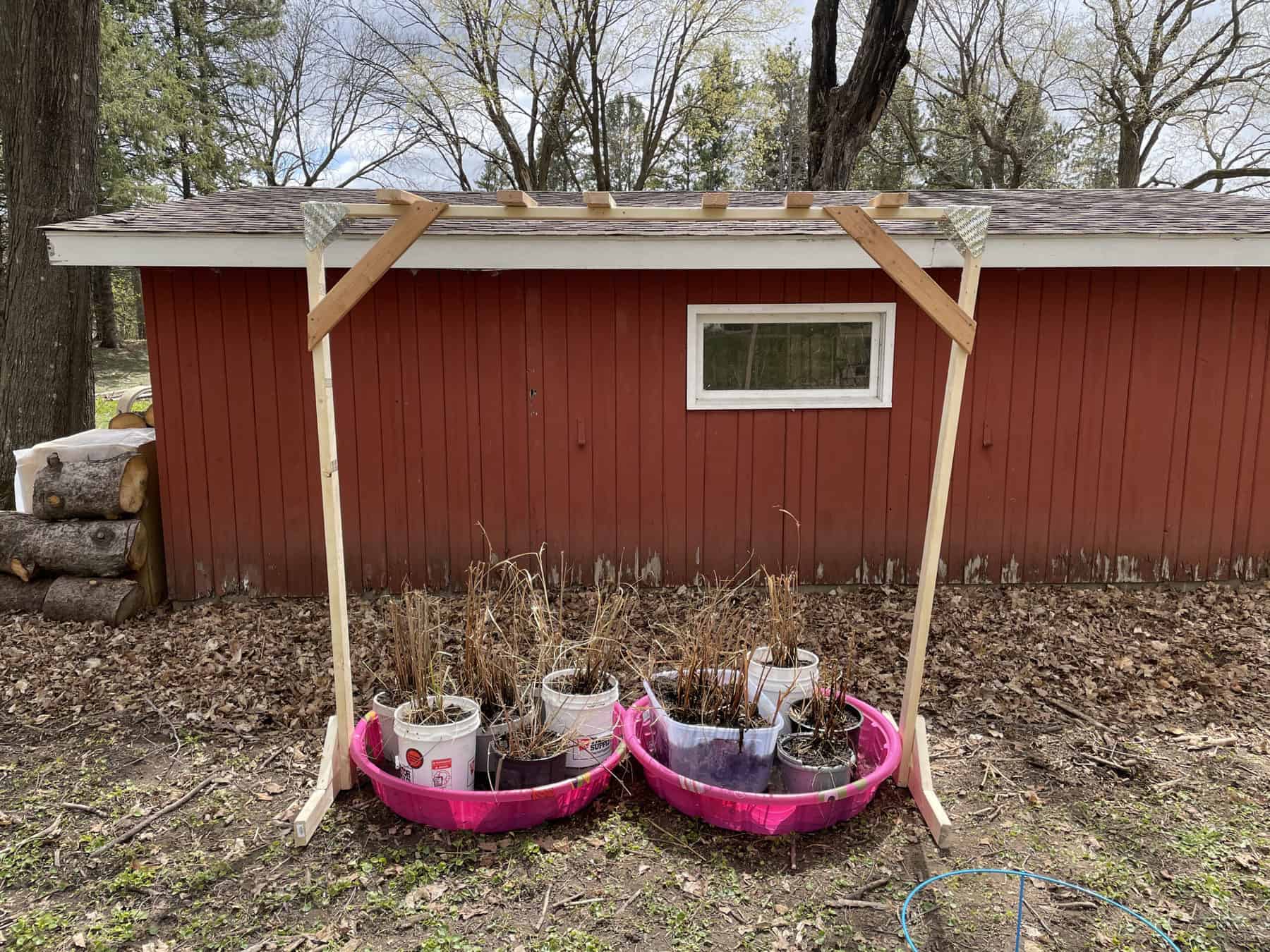
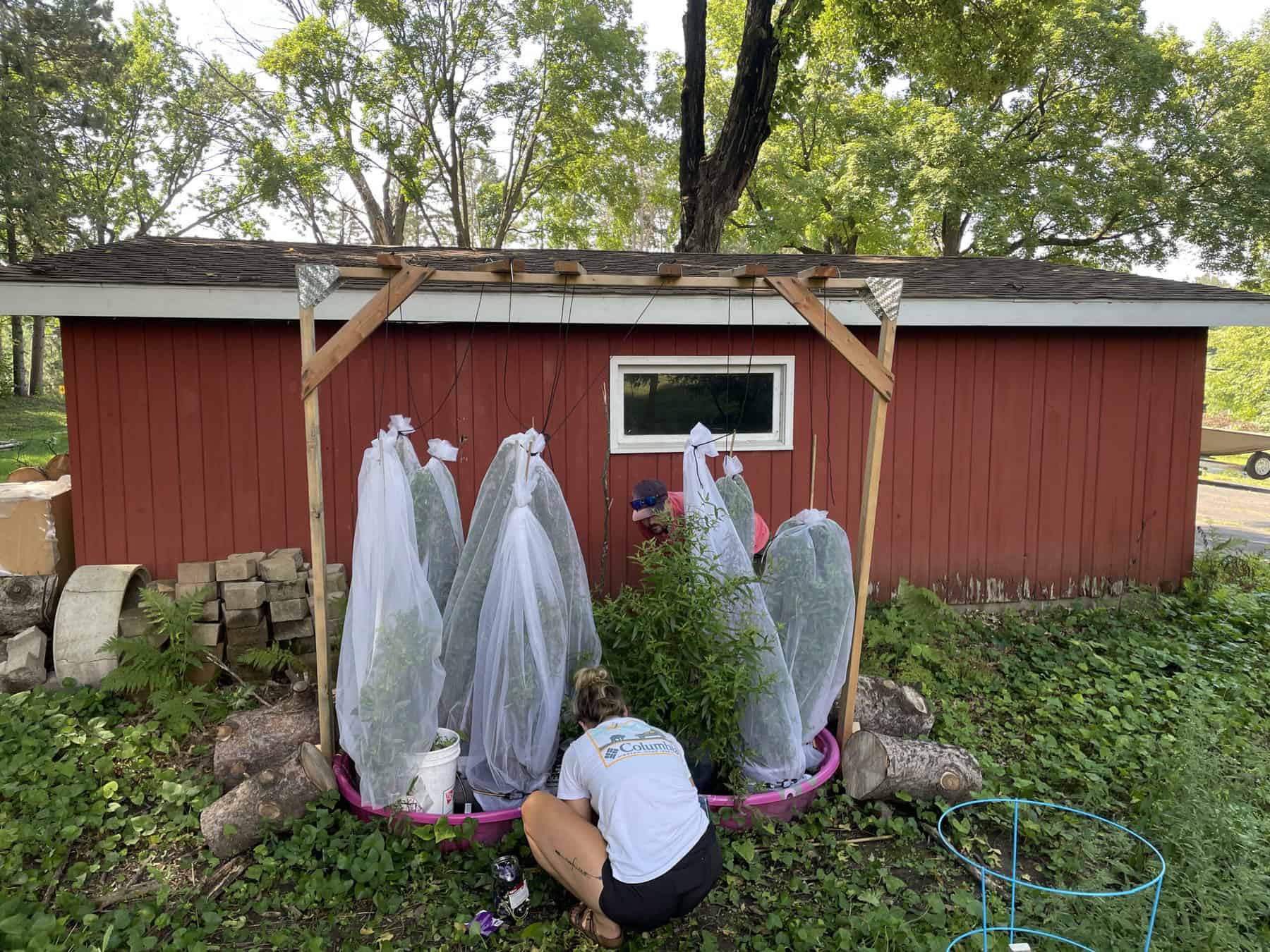
What’s next for the galerucella beetles?
The goal is that they eat enough of the plant that it can’t produce another seed head. “On August 11, we loaded up the plants in their nets and released the whole plant back into a priority site—a population of purple loosestrife—in Polk County,” says Katie. It will take 3-5 years to see a significant difference in the purple loosestrife population after these beetles have been released, but previous projects have shown how successful this program can be. Though loosestrife elimination is rare, this process offers effective and environmentally sound control of the plant without herbicides.
When they run out of plants in their area, beetles will travel up to 12 miles to look for more purple loosestrife to eat. They will spend winter in hibernation as adults, becoming active in the spring while feeding and laying eggs. The eggs will develop into larvae, then into pupas, which transform into adult beetles.
Monitoring will be needed over time to make sure there are enough beetles to do damage to the plants. Katie says, “Sometimes we need to give the purple loosestrife populations a beetle booster shot when the current population of galerucella beetles might not be enough.”
“This beetle raising program has been active in Wisconsin since 1990, but this is the pilot program for our organization,” Katie says. “I want to learn as I go and follow in the footsteps of Polk County—still in partnership but spearheading this project for us. We’re doing something on a different level that makes a difference. It’s only going to grow from here.”
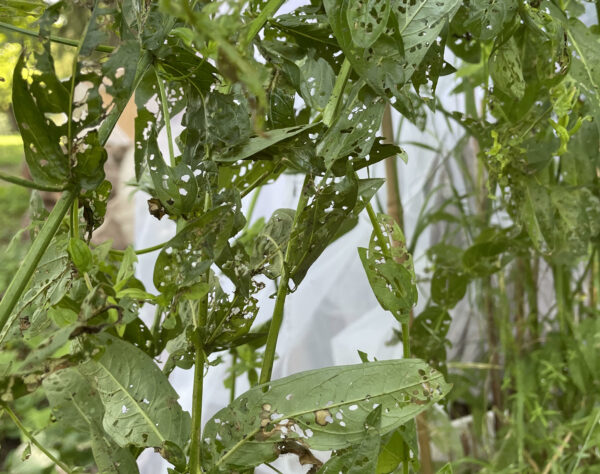
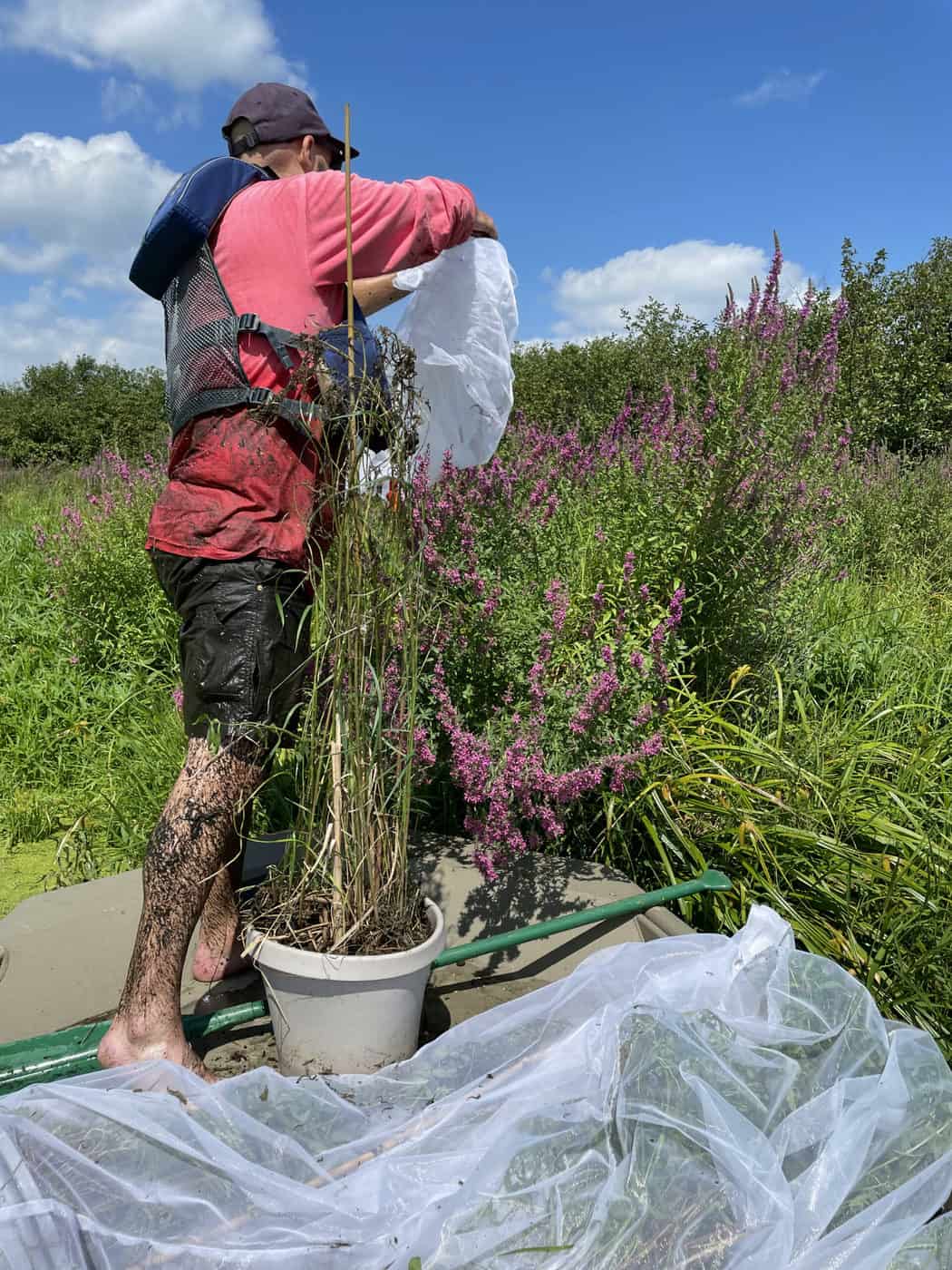
What you can do to help:
Following PlayCleanGo protocols is the best way to avoid spreading purple loosestrife seeds. Some simple actions include:
- Wiping off your boots when you are out and about
- Checking your pets to make sure they don’t have any seeds attached to their feet or fur
- Cleaning your boat trailer and any equipment to make sure there are no seeds caught in the felt of a step, the grip of your felt boots or waders, or anywhere else
Staying up to date on the invasive species present in your watershed is also key. “There are some beautiful invasive species, like yellow iris, purple loosestrife, and oriential bittersweet,” says Katie. “Knowing the impacts that those beautiful plants can have on a native ecosystem is super important. And if you see a little brown beetle on a purple loosestrife leaf, now you know they are part of a bigger mission!”
To learn more about purple loosestrife and how to identify it, check out our “Scenic Shorts: Purple Loosestrife” video!
Your support makes projects like this possible across the St. Croix River watershed. Please consider making a donation today.
